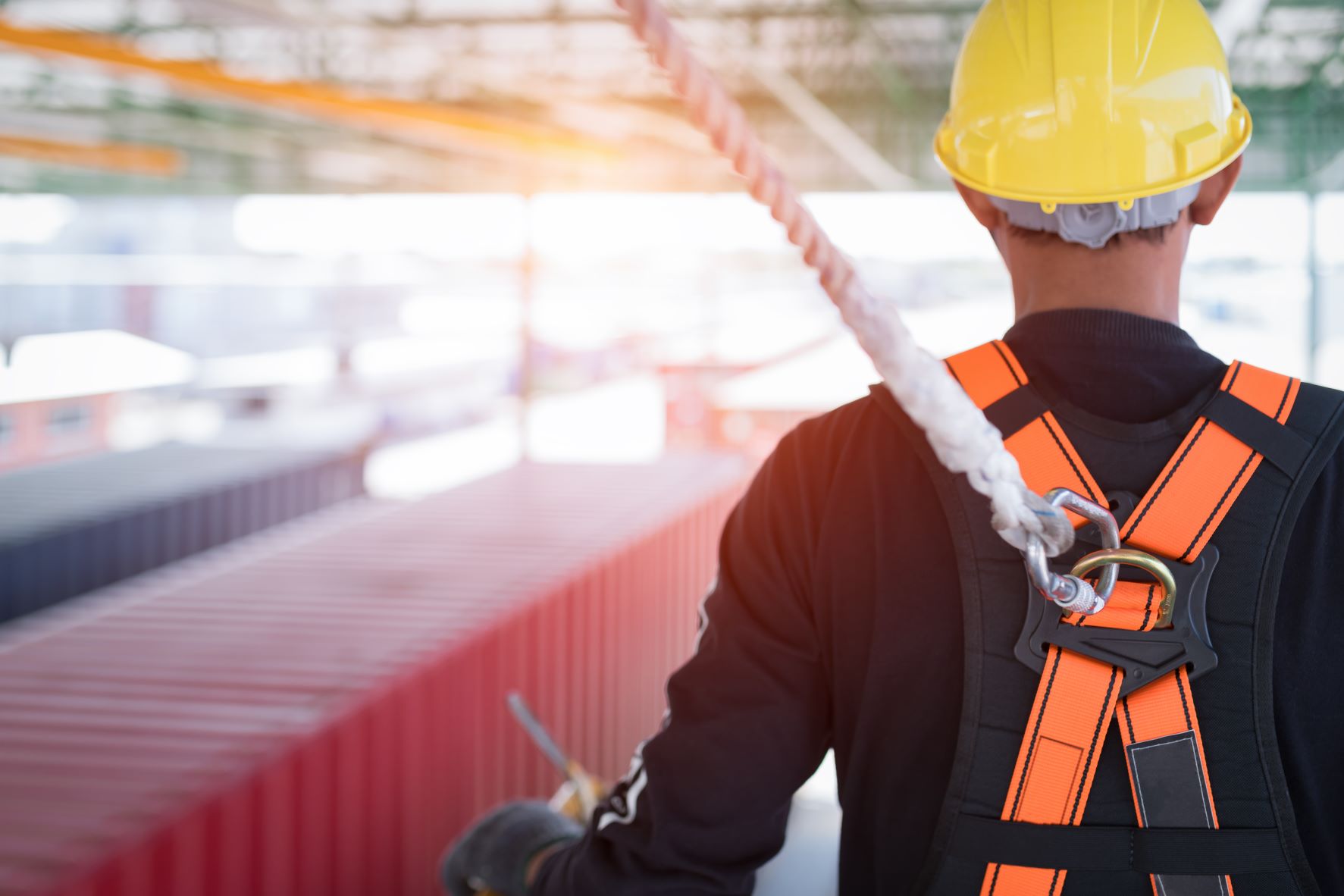The construction industry is composed of the men and women that build our office buildings, our homes, and nearly any structure you can think of. But the very nature of this job means that using certain tools are required, and often this can raise construction safety issues and pose a danger to human life.
In fact, it’s not uncommon for construction workers to get hurt on the job and sustain life-threatening injuries. And some of these bodily injuries might result in the amputation of limbs due to negligence.
But thankfully, there are plenty of safety protocols that you can follow to avoid what OSHA has dubbed the “Fatal Four” as the most common accidents which result in injury within the construction industry.
If you’re in the construction industry and you’ve witnessed one of these accidents, then you know it’s no laughing matter. Here, we’ll explore the fatal four, and the steps you can take to keep yourself safe.
Falling on construction sites
Perhaps one the most common of the fatal four are slips and falls on a construction site. This typically happens when a worker isn’t following proper safety protocols or isn’t paying attention to their surroundings.
Slips and falls also frequently happen climbing in and out of equipment due to the environment of the jobsite.
For example, construction workers often work in muddy or greasy environments that ae construction safety hazards, and this can make a worker’s footwear slippery. If proper climbing techniques aren’t followed, slipping and falling from extreme heights can happen.
In order to mitigate falling, ensure that you have 3 points of contact when climbing in and out of any equipment, or round any structure.
Electrocution
More common with electricians, electrocution poses one of the deadliest risks on the jobsite. In fact, it doesn’t take too much voltage to kill a human being, and most electrical wiring is packed with 20 times the electricity that can kill a human being.
Electrocution can happen anywhere on the jobsite. But this mostly occurs when moving around power lines, or digging in unmarked areas.
If equipment strikes or severs a power line, this can unleash a tremendous amount of electricity and will take the path of least resistance. If a human is on the receiving end of an electrical path, serious injury, burns or death can occur.
Always be aware of your surroundings in and around the job site, and stay clear of posted high voltage warnings.
Being Struck by Objects
Just about every job site requires the use of safety equipment like a hardhat and steel-toed boots. This is because the risk of being struck by falling objects is much higher on a construction site.
Large boom cranes and other heavy equipment operators are always moving material and supplies around the job site, and much of these materials are heavy. While workers are often walking around underneath the movement of materials, this only escalates the risk of being struck by falling objects.
Additionally, objects can dislodge from equipment in operation and become flying projectiles that can rip through a human being. As a best safety practice, being aware of your surroundings and avoiding walking underneath loose objects is critical for safety.
Being Caught In Between Objects
Another rule of thumb to follow is to be aware of when equipment is being moved around and set into place. Many accidents occur when workers are performing job tasks in small spaces, while objects such as beams and other tools can crush and squeeze a worker between objects.
Additionally, some rotary tools can pull workers in if loose clothing is snagged or if a worker isn’t paying attention to his surroundings while operating machinery.
To avoid being caught between objects, the best safety practice is to have clear warnings posted near hazardous machinery, or around objects that are being frequently moved.
Safety is a number one priority in the construction industry. And to avoid becoming a victim of the fatal four, your best defense is your own adherence to safety protocols and situational awareness.

